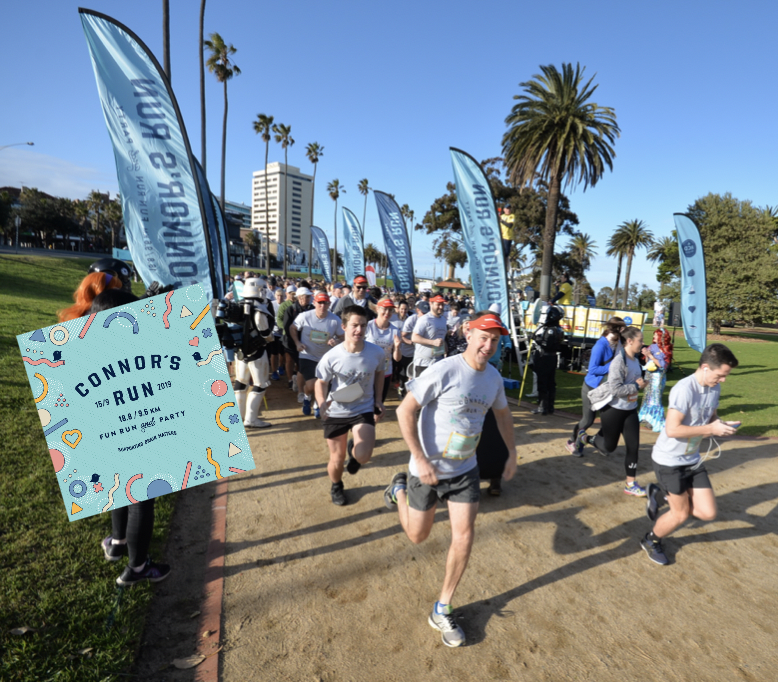Visit
Physiosports Brighton,
429 Nepean Highway, Brighton East,
3187, VIC, Australia
Call
Fax
03 9596 9155
physiosports@physiosports.com.au

When it comes to training programs it can be easy to jump the gun and get carried away in achieving big distances without adequately adapting to the load. Too often we see runners coming in to the clinic having increased their weekly load significantly only to find their bodies are now in a state of distress or injury, unable to cope. Trust in your running program, or seek professional guidance in program planning to ensure you make it to the finish line on the day. If you haven’t quite reached your ideal training plan, keep chipping away at your program in small increments to get as close as you can to your goal an appropriately managed way (we all know jumping from 10km to 20km at the last minute is unlikely to end well).
If we think about Novak Djokovic playing tennis with a hole in his racket, or perhaps using the same racket over the last 5 years, or even a hat too big for his head that kept sliding forward, would he still be able to perform at the best of his ability? It seems like such a simple answer, however we often see runners asking for advice about how to quickly fix their foot pain, or perhaps how to avoid knee pain when running downhill, all which could have been prevented with correct gear. Footwear is often one of the biggest factors and with several weeks still to go, it isn’t too late to seek advice from a professional about whether your footwear is appropriate. Making sure you train in the gear you are going to race in is important, so check your watch, socks, hats, shorts, top, shoes, gels, racing belts, and even underwear (no one likes chafing) to make sure they are ready for race day!
By using your longer training runs as race simulation runs, race day becomes a lot easier as there are less surprises to worry about, giving you more time to enjoy the amazing atmosphere around the course. Try preparing for each long run in the same way; make sure you eat similar foods that are easy to digest and high in energy (my favourite being sourdough toast with almond butter & sliced banana plus a dash of honey on top), combining this with appropriate hydration. Make sure you are running in the runners you are to race in, perhaps similar clothing too to ensure no blisters occur or chaffing. All of this helps to ease the nerves of race day when you have a solid process trialed and tested.
Sometimes we get caught up in the process of getting those kilometers under our belt and fail to acknowledge those little niggles in the background building up. It can be as simple as getting an extra hour of sleep in to allow your body to recover completely (and let’s face it, who doesn’t love a quick nap in the middle of the day, or little sleep in here and there), or perhaps seeking a massage to release that tension in your muscles. For those who have a bit more of a niggle developing, it’s still not too late to have a professional take a look and try to settle down your pain. Make sure you listen to your body and don’t be scared to take a rest day or seek advice if you need it. You want to cross that finish line with a smile!
You have put in the time, kilometers and sweat (maybe some tears too combined with some excitement of reaching each milestone) to get to that start line, so try to override those feelings of doubt and nervousness with excitement knowing you will get to the end. Get family and friends down there to support you, and remind yourself why you chose to do this race. Enjoy the atmosphere, enjoy the process, and enjoy the achievement! There is nothing like the feeling of crossing that line with a crowd cheering!!
by Jacqui Gurr, our very own awesome Physiotherapist and resident runner.